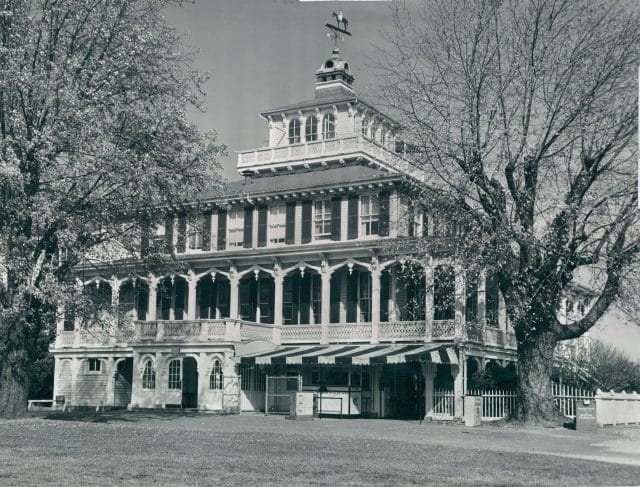Pimlico faces a brighter future following Northwest Baltimore rebuilding legislation

Source: The Baltimore Sun
Author: Jacques Kelly
Pimlico has a winning future now that Gov. Wes Moore has signed legislation promising a rebuild of the Northwest Baltimore race course.
Pimlico needs help and a proper operating authority. Let's not forget the shameful 1998 Pimlico power failure when it became impossible to place a bet on Preakness Day. Within the grandstand complex is seating that dates to 1930, possibly 1890.
And while the traffic of Preakness Day irritates those who live nearby, a reconstructed and reconceived Pimlico could assist the ongoing and successful rebuilding efforts of the greater Park Heights neighborhood. Park Heights, by the way, is years ahead in the redevelopment game.
A visit to the neighborhoods and blocks to the south and west of the track reveal the progress being made. The old track needs to catch up.
Pimlico has a nickname, Old Hilltop. The hilltop refers to a small mound of earth that sat in the infield until leveled in the 1930s. The old refers to the general antiquity of the place, but it could be applied to the aged condition of the grandstand, clubhouse and barns.
The area faces a brighter future and could return to the sports grandeur it possessed in the 1930s through the 1950s, when Baltimore baseball was in the minor league and football was largely confined to colleges and high schools.
Pimlico could be named the Comeback Kid. The track and its prize race, the Preakness, have looked extinction in the face and emerged unscathed since opening in 1870.
And there were troubles early on. The Maryland Jockey Club fell on tough times early in its existence. In 1890, the Preakness was staged in what is now the Bronx in New York City. Then the Preakness disappeared for three years before resuming as a feature for 15 years in what is now Brooklyn, New York.
It was 1909 when the Preakness returned to Baltimore. A headline that March in The Sun forecast the resumption of the race: "To revive Preakness -- Prominent nags to be in a famous event at Pimlico."
The Preakness brought out the high rollers. That May, as the spring racing meet opened, August Belmont Jr., then the most famous man in thoroughbred racing, stepped off a train in Baltimore. His presence at Pimlico was a huge deal.
Belmont had recently finished bankrolling and building New York's first subway, the Interborough Rapid Transit Company. He would later construct Belmont Park in memory of his father.
Alfred Gwynn Vanderbilt bought the track and staged the 1938 match race between Seabiscuit and War Admiral that put the track in the national spotlight.
Pimlico's history took a blow on a June night in 1966 when its old wooden clubhouse burned.
The clubhouse, painted a springtime yellow, was a freestanding pavilion-like building that could have doubled as a prosperous Cape May summer hotel. Its wraparound porch was a favored perch to watch the races. Its fancy, gingerbread cupola held the weathervane -- salvaged from the fire -- that is traditionally painted in the colors of the Preakness winner's silks.
It was there that the society matrons congregated alongside the flashier racing crowd.
"All records for Pimlico race track were broken yesterday afternoon when 42,370 turf enthusiasts from all sections of the country, including notables of the armed forces, stage and screen, diplomacy, national and State politics, and society, saw the fleet-footed Assault gallop home to win the historic Preakness," wrote The Sun's George C. Dorsch on May 12, 1946.
It was a day when the crowd ranged from Hollywood glamour queen Dorothy Lamour to "seaman third class and buck privates."
Dorsch described the clubhouse luncheon: "indigenous Maryland delicacies": crab cakes and salad, shad roe, ham, turkey and chicken ala king. The food served at Pimlico compared to the best of downtown restaurants.
The old clubhouse era ended and was replaced by the bacchanale when infield crowds surged above 100,000. These congregations were a sight to behold (think mud, way too much beer and whiskey and by the end of a hot afternoon, shed garments) and were far from the 1950s mink stoles, pearls and tweed sport coats.
I'll wager a better day is in the future for both Park Heights and Pimlico.
